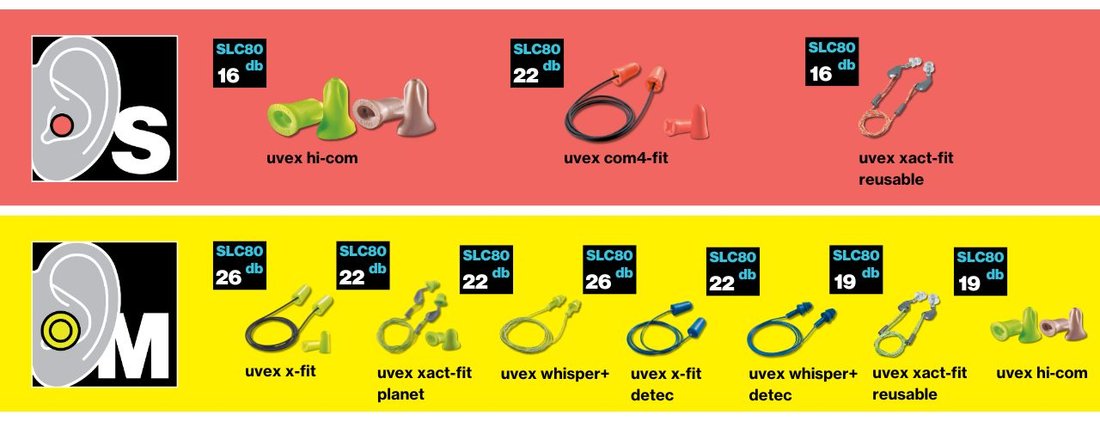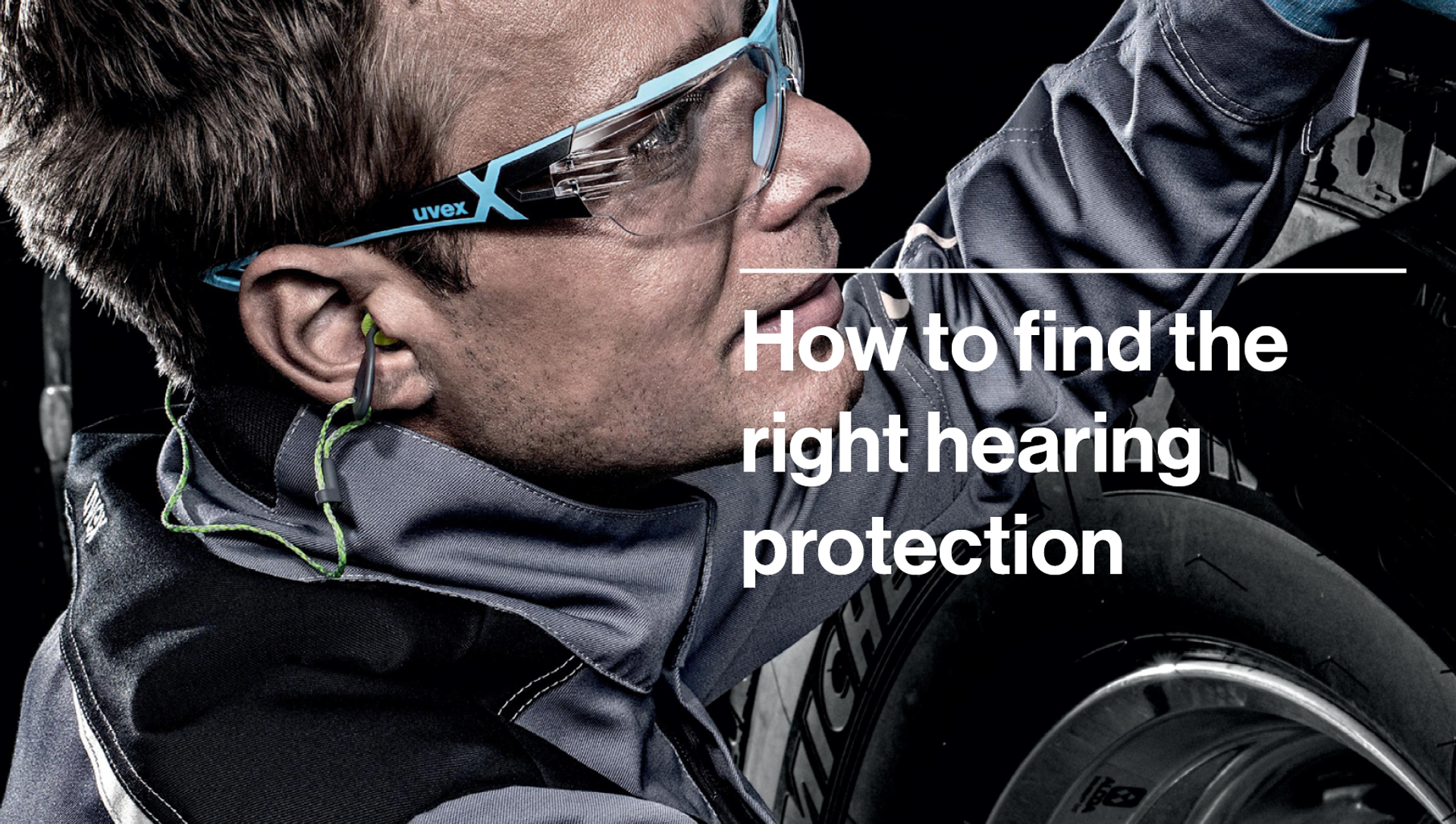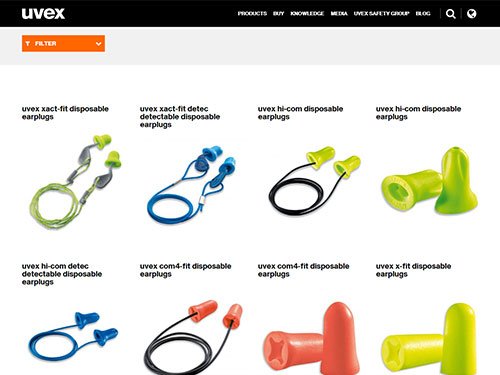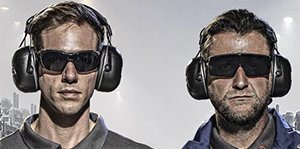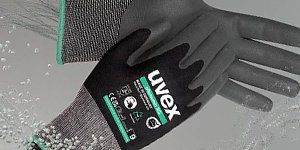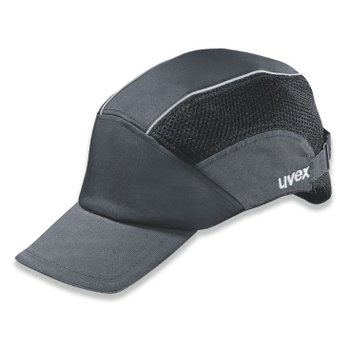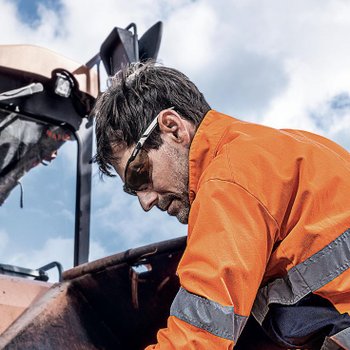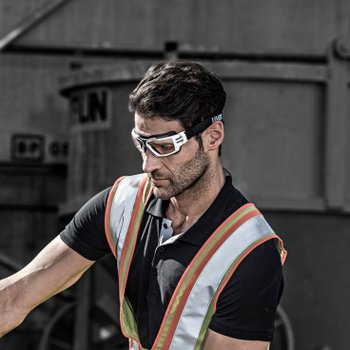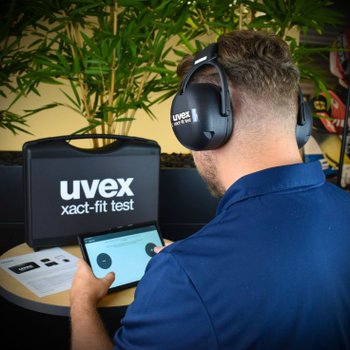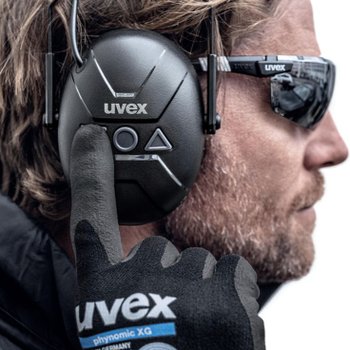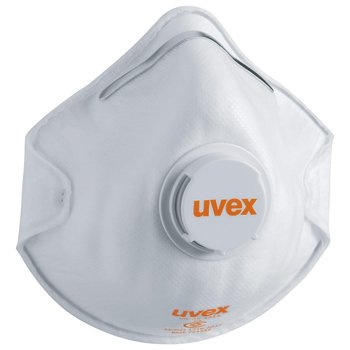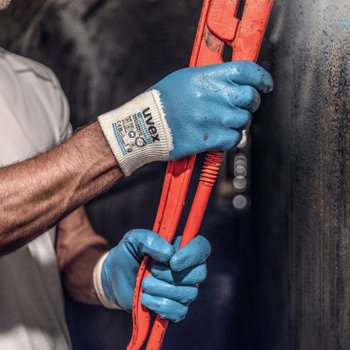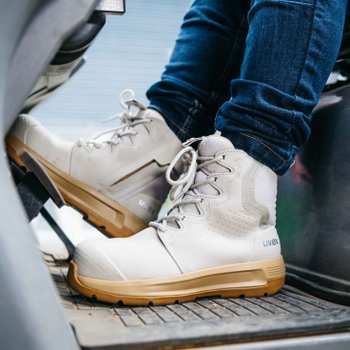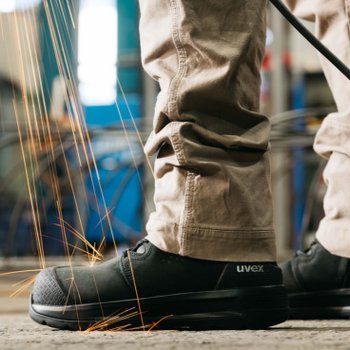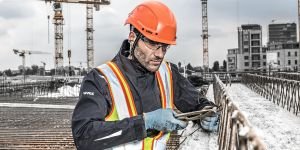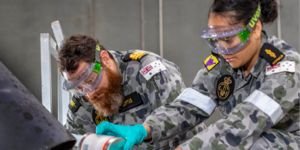Earplugs - How to find the right hearing protection?
The appropriate form of hearing protection varies according to the wearer’s ear and the area of application. Here are some factors to consider when choosing hearing protection:
- Wearing period
- Noise exposure
- Wearer preference
- Comfort
- Compatibility with other PPE and clothing
Earplugs - Area of application and noise exposure
Under the Australian Standard AS/NZS 1270:2002, the Class is an easy way to choose a hearing protector appropriate to a noise exposure. The standard rates hearing protection into five classes, with Class 1 being the lowest level of protection and Class 5 being the highest level.
The system is based on the SOUND LEVEL CONVERSION (SLC80) rating which is the difference between the sound level of the environment in which the hearing protection is worn and the sound level reaching the wearer’s ears.
Once the noise exposure level is measured or calculated from a noise assessment, suitable hearing protection solutions can be determined using the SLC80 rating. For example, if the measured noise level for a worker's shift (L Aeq,8h) is 100dB(A) and the legislative noise exposure limit is 85dB(A), then at least 15dB(A) reduction in noise is required. This would mean a hearing protector with a SLC80 rating of 15dB(A) or greater will provide the protection required.
While its important to ensure adequate protection is provided by your hearing protection device, it's also vital that the protector does not overprotect the wearer. Hearing overprotection occurs when a hearing protector provides more protection than what is required, thereby stopping the wearer from hearing important sounds such as warning signals and speech. For this reason, it is recommended that after wearing the hearing protector, the noise reaching the wearer's eardrum should not be lower than 70dB. For example, the measured noise level minus the product's SLC80 rating should not result in a value less than 70dB.
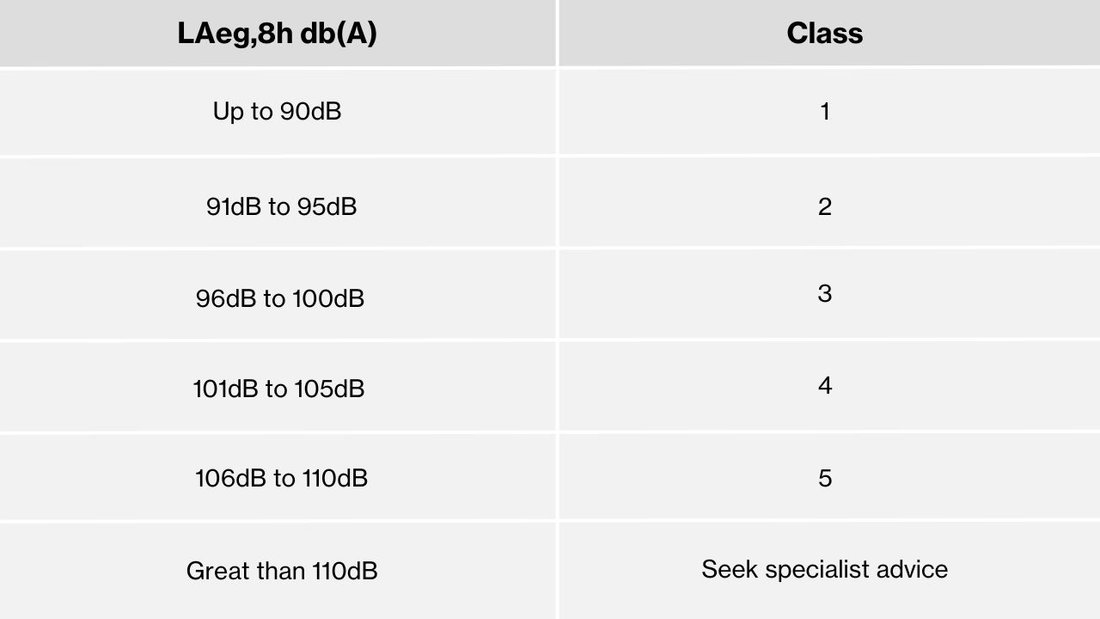
Earplugs - Size and Fit
Everyone’s ear canal is unique — much like a fingerprint. Which is why it’s even more important that you choose adequate and suitable hearing protection that is the correct size to achieve a good fit. uvex offers a complete range of hearing protection solutions to cater for a variety of hearing protection requirements.
Choosing the wrong size can severely reduce the actual protection received from the product, thereby exposing wearers to harmful noise. A poor fitting earplug would also be more uncomfortable for the wearer.
- If the earplugs are too large, they are unlikely to sit deep enough in the ear canal, so the specified protection level cannot be achieved. They’ll also feel uncomfortable
- If the earplugs are too small, while they may be more comfortable for the wearer, would introduce noise leak paths between the ear canal and the earplug. This means the wearer is constantly overexposed to noise and overtime, can lead to noise induced hearing loss.
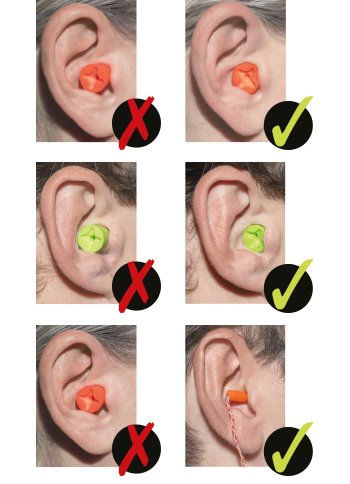
Look out for different earplug sizes
It is best to try different sizes to find the one that gives you the best protection and fit. With the range of hearing protection, we offer something for the majority of ear canal shapes.
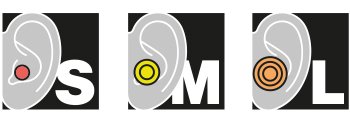
uvex earplug range
